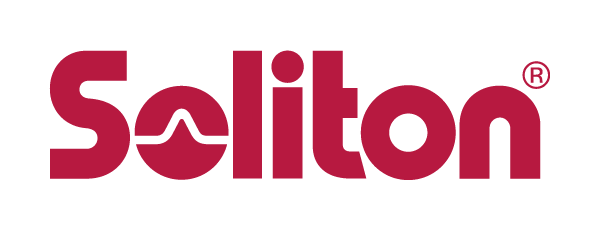As the volume of user identities continues to grow, the amount of data that has the potential of being exposed via breaches increases with it. In order to protect your business and offer your users a trustful user journey, you want to implement security procedures that protect your users' identity, data and devices.
Taking it to authentication
Access control often determines user identity based on credentials like username and password. Businesses should move beyond passwords and think of authentication as a way of enhancing user experience. Authentication methods that use digital certificates eliminate the need to remember long and complex passwords. As a result, attackers won't exploit passwords, and a data breach will be prevented.
Carefully orchestrated verification strategies are critical to:
- Minimise the impact of identity fraud
- Comply with regulations
- Facilitate employee access without disrupting the user experience
Digital certificates as an enabler
The Authentication process identifies users who request access to a system, network, or device. Certificate-based user authentication is the most powerful security tool compared to any MFA or password out there.
- Password resets are no longer necessary
- User logins are no longer restricted to specific locations
- Can be used to secure multiple use cases for remote authentication, including secure WiFi access, third party access and accessing IoT/OT
- Digital certificate keys provide several potential uses that passwords cannot provide, such as data integrity and privacy.
- Many systems require passwords that are 8 characters or shorter in length, making these passwords more vulnerable to guessing attacks. A certificate's cryptographic key is hundreds of characters long. This length, along with their random nature, makes cryptographic keys much harder to guess than passwords.
While setting up certificate authentication can take longer than other authentication methods, it is significantly more secure and saves time in the long run. Certificate-based authentication:
- Simplifies the authentication process
- Prevents careless password practices
- Protects the organisation from brute force and other password-related attacks
- Certificates reduce Wi-Fi related IT requests
- Makes revocation of access easier when an employee leaves the organisation
- Helps the organisation move toward achieving a zero-trust infrastructure
Even though certificates offer the strongest possible safety net for authenticating users, many organisations are having trouble taking advantage of it. It's long gone that certificates are notoriously hard to manage. Automated and orchestrated Certificate Lifecycle Management provides full lifecycle control and visibility over any certificate in your environment, reducing risk and controlling operational costs.
Furthermore, it will enable new use cases that drive further secure business enablement. Certificate automation offers speed, flexibility, and scale even in the most complex environments. And when certificate management is well orchestrated, it can track things such as expiration dates, notify IT professionals when they’re approaching, and replace them automatically without any manual labour from already overstretched IT teams.
To find out how Soliton can become an ideal fit for your business, visit Soliton’s solutions for further information or book a customised demo.




